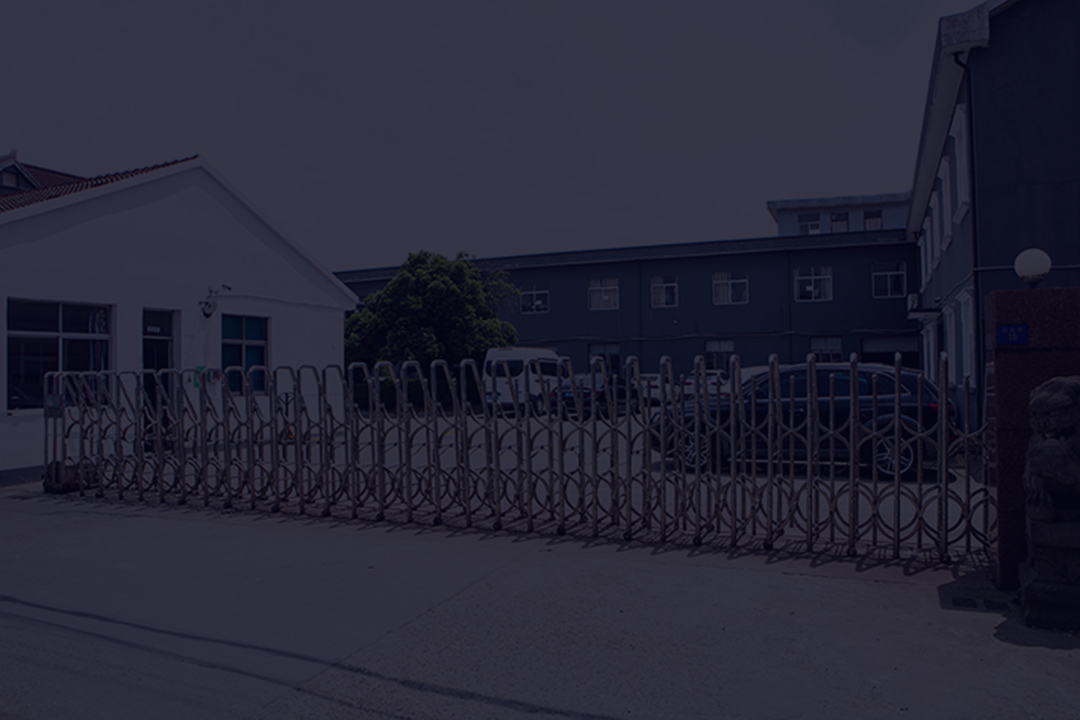

The Dual Challenges of Complexity and Precision in Camera Lens Accessories
In the smartphone imaging system, although the camera lens accessories are small, they are the "soul cornerstone". From the glass lenses that protect the camera lens to the precision brackets that support focusing and anti - shake functions, every component deeply affects the shooting image quality and experience. Take the camera lens protective glass as an example. It is made of high - light - transmittance Corning Gorilla Glass or sapphire material, and after ultra - precision grinding and coating treatment, it has a thickness of only 0.1 - 0.2mm. It not only needs to achieve a light transmittance of over 95%, but also withstand daily drops and scratches to protect the camera lens from damage. For metal/plastic structural parts such as focusing motor brackets, the dimensional tolerance needs to be controlled within ±0.01mm to ensure the stability of the motor during operation, so that the focusing and anti - shake functions can respond accurately and avoid blurring and shaking of the shooting image.
As smartphone imaging upgrades towards "ultra - high definition, multiple focal lengths, and full - scene", the requirements for the complexity and precision of camera lens accessories continue to soar. For example, the camera lens module of a foldable phone needs to adapt to the bent form, and the accessories need to have stronger structural toughness and dimensional compatibility. The transmission mechanism accessories of periscope telephoto lenses need to achieve a millimeter - level focusing stroke in a very small space, posing stringent challenges to manufacturing precision and consistency. The quality of these "micro - components" directly determines whether a smartphone can present clear, stable, and delicate images, making it the core battlefield of the smartphone imaging technology competition.
Compatibility with Multiple Materials: Opening up the Process Channel of "Making the Most of Materials"
Smartphone camera lens accessories cover multiple materials such as glass, plastic (such as LCP liquid crystal polymer), and metal alloys. Traditional cutting processes need to change tools and adjust parameters for different materials, which is inefficient and likely to damage the material properties. Ultrasonic gate - cutting, with the "vibration energy adaptation" technology, can adapt to the brittleness of glass, the toughness of plastic, and the hardness of metal by adjusting the amplitude and pressure, achieving precise cutting of multi - material accessories with the same equipment. For example, when processing the integrated parts of camera lens glass and plastic brackets, the ultrasonic technology can simultaneously complete the gate - cutting of the two materials. The surface roughness Ra of the cutting surface is ≤0.2μm, which not only ensures the optical transparency of the glass but also maintains the structural strength of the plastic bracket, facilitating a more compact and integrated design of the smartphone camera lens module.